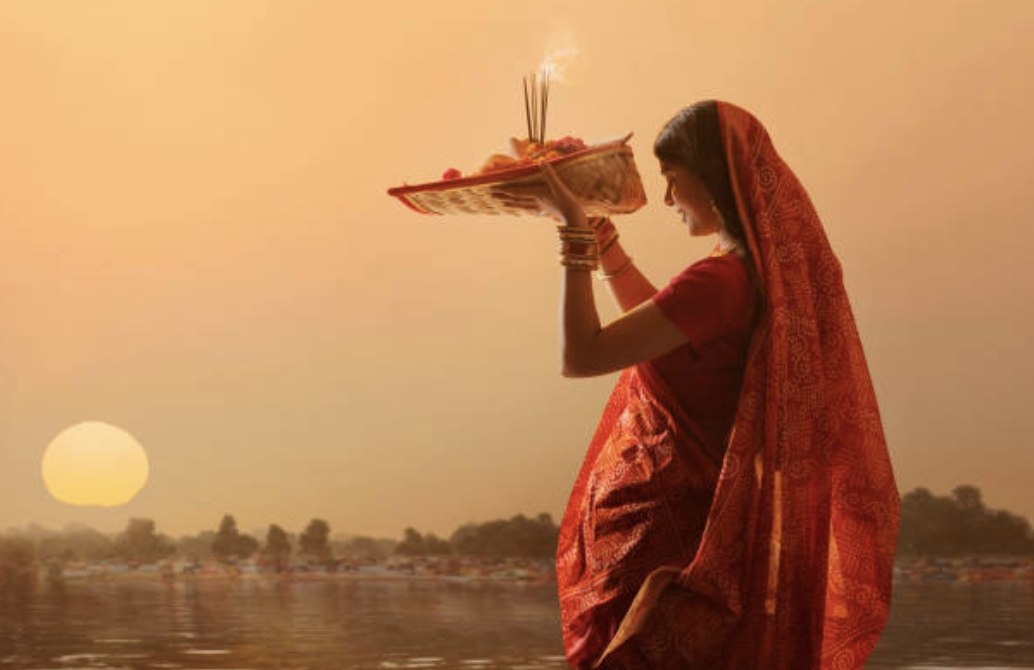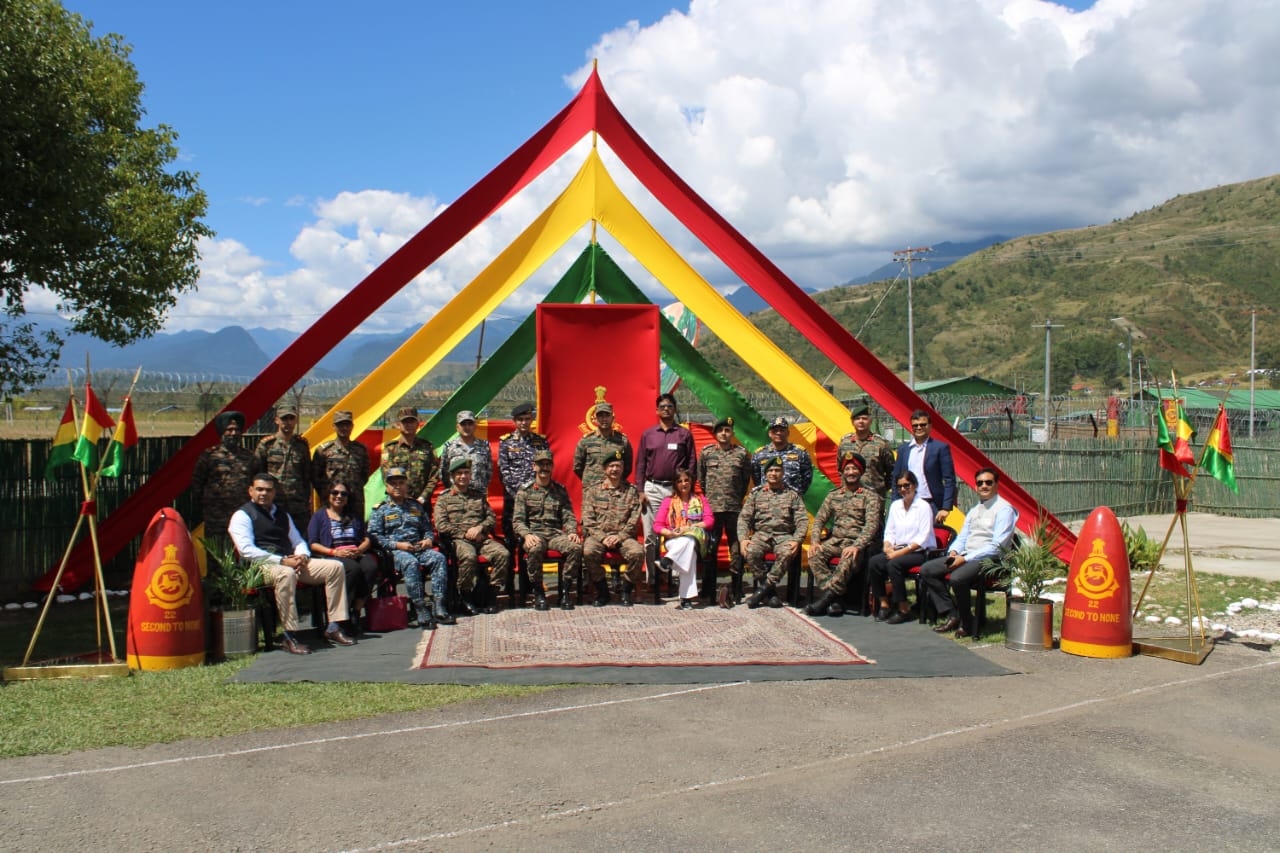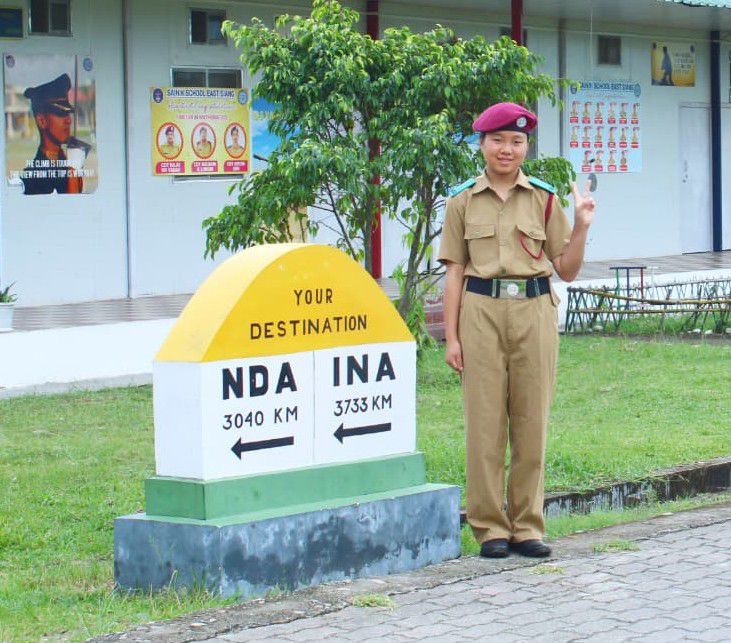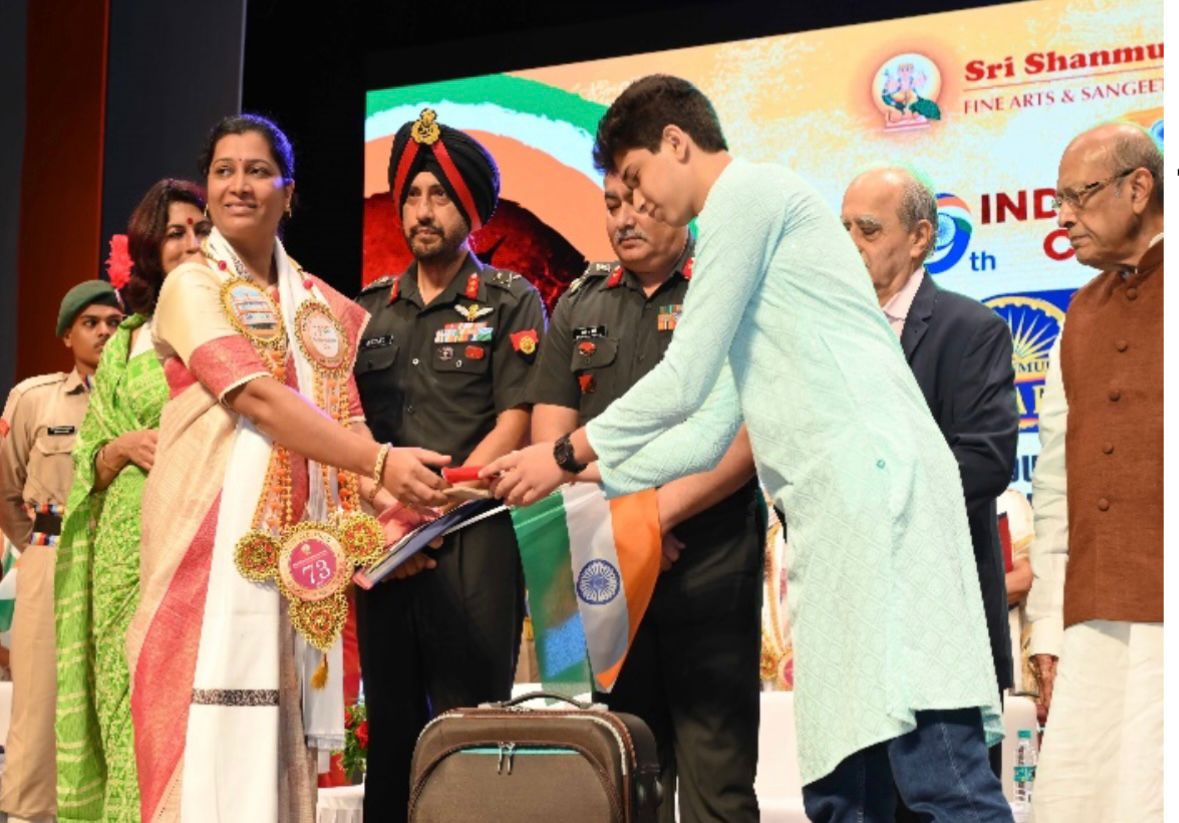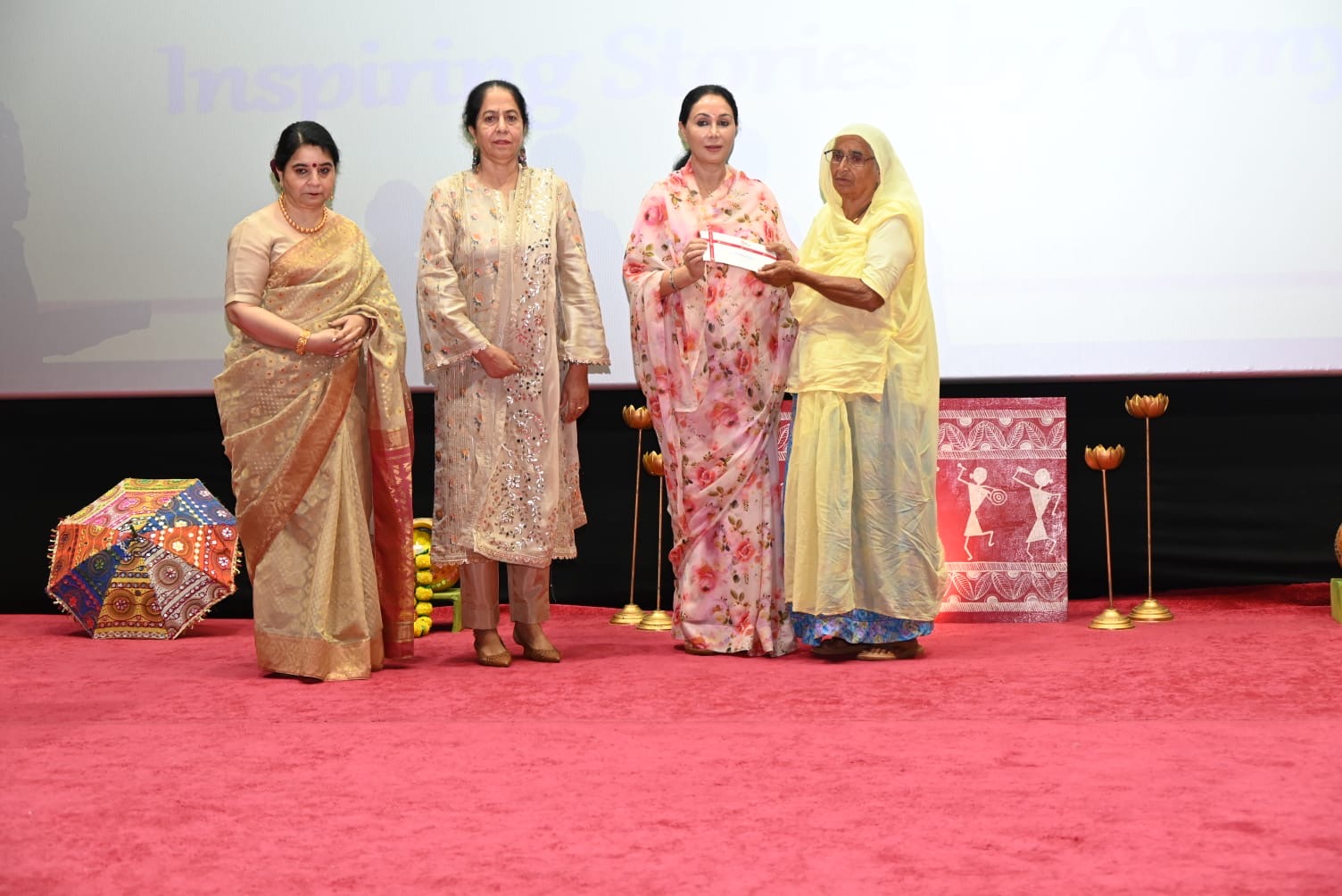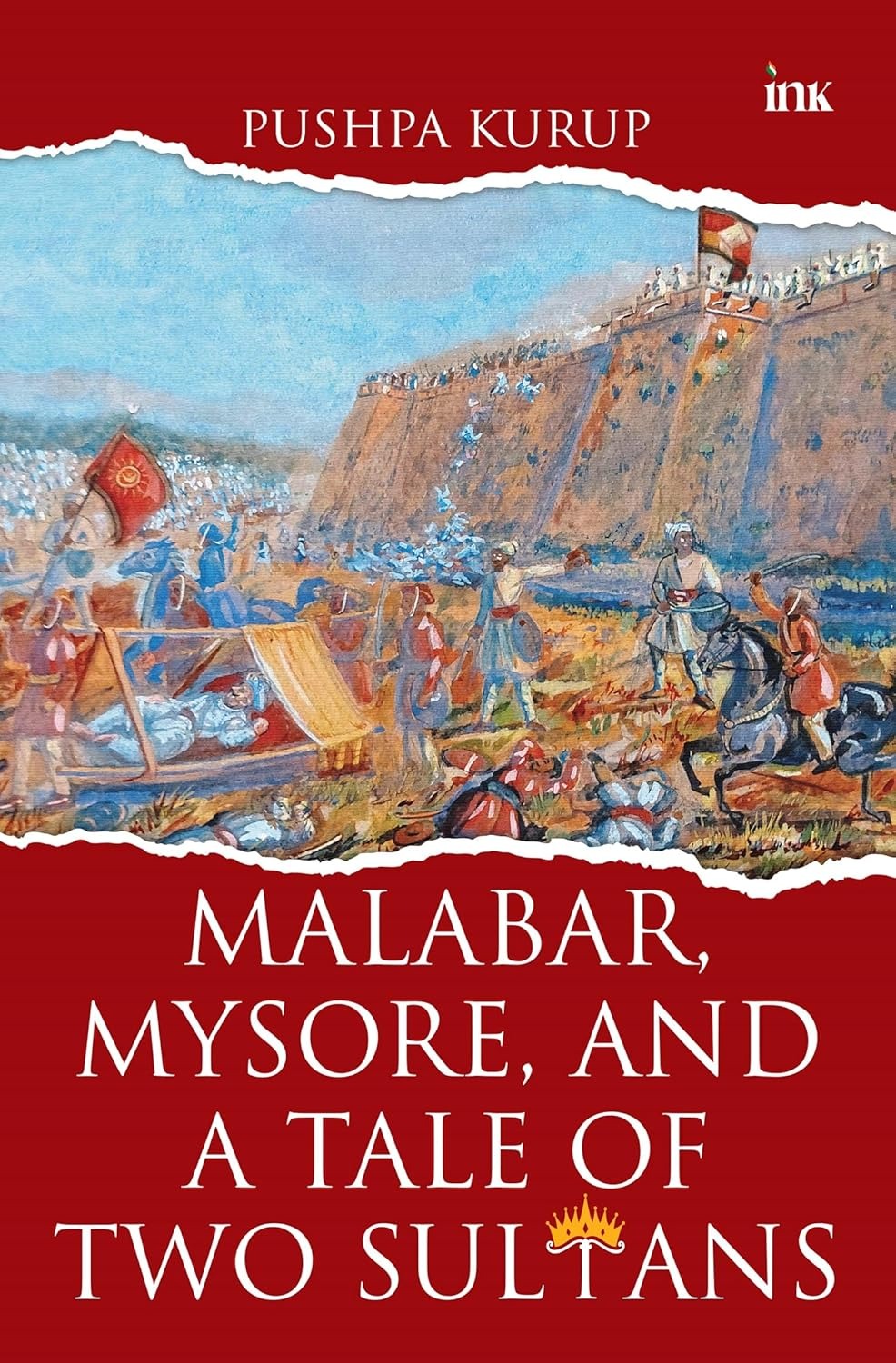
[This is an excerpt from Pushpa Kurup’s book “Malabar, Mysore and A Tale of Two Sultans” with permission from BluOne Ink, the book’s publisher.]
Written in secrecy and concealed from view, this mystifying compilation was discovered in Tipu’s palace after his death. The sultan had recorded thirty-seven dreams in his own hand in the Farsi language, dating from April 1786 to January 1799.
The book contained several spelling errors, and the dreams were not arranged in any chronological order, prompting scholars to deduce that only a few were recorded immediately upon waking. Perhaps the sultan was trying to comprehend the events rapidly unfolding around him. Many of the dreams revolve around his enemies and his preoccupation with warfare, while others feature religious figures such as Prophet Muhammed and his son-in-law Ali.
The manuscript was presented to the Court of Directors of the East India Company in 1800 by Alexander Beatson on behalf of Governor-General Richard Wellesley.
Mahmud Husain, professor of history at the University of Karachi, who translated Tipu Sultan’s Dream Book, mentions, ‘In a few places the language is defective and ungrammatical, but what even more is astonishing is that it contains spelling mistakes.
The following list which is not exhaustive will give an idea of the mis-spellings.’ Husain then provides a lengthy list of Tipu’s literary errors. One of these dreams is dated September 1786 and appears to have occurred during the Mysore–Maratha war when the Marathas had formed an alliance with the nizam and launched an attack on Tipu’s dominions.
This dream certainly seems like the epitome of a grandiose fantasy. The notion that Prophet Muhammed refused to enter paradise without Tipu Sultan is indeed extraordinary and reflects the mindset of a consummate megalomaniac.
Another dream from the same year (1786) involves a woman dressed in male attire, and occurred at a time when Tipu was engaged in a battle with the Marathas.
On 1 October, he launched a surprise attack on the military camp of Haripant Phadke, compelling the enemy to retreat.
The sultan’s dream reflects his contempt for both the Marathas and women in general. However, why he chose to engage in a flirtatious conversation with a male stranger remains a subject of debate.
In Tipu’s own interpretation of this dream, he perceives the Marathas as women disguised as men, and assumes they could be easily defeated.
Another of the sultan’s ambitions was the eviction of the British from India. As expected, his nocturnal flights of fancy reflected his heart’s desire.
In 1792, he surrendered half of his territories to the British, and since then, he had been plotting a comeback with the help of the French under Napoleon Bonaparte.
Tipu aimed to expel the Christians and convert the kafirs. A long-bearded maulavi frequently appears in his dreams, symbolizing his devout adherence to Islam. In another dream, Tipu goes on a pilgrimage to Mecca.
His hopes and desires are mirrored in these nocturnal visions. He dreams of a 10,000-strong French army arriving to assist him in his fight against the British. Addressing the commander, he asserts ‘Here too all the equipment for war is ready and the followers of Islam are eager, in large numbers to prosecute Jihad.
In his thirty-third dream, Tipu writes, ‘My interpretation is that by the grace of God, all unbelievers would embrace Islam and the country would pass into the hands of the Sarkar-i-Khudadad.’
In another dream, Prophet Mohammed presents him with a green turban.
In yet another dream, the Chinese emperor sends him two white elephants, a gesture previously extended only to Alexander the Great, when the then Chinese emperor sent him a single white elephant.
In his twenty-second dream, Tipu encounters a large temple with slight damage, ‘It contained several large idols. I went into the temple along with a few other men and noticed that the idols were seeing like human beings and their eyes were in motion.’ Observing two female idols in the last row, Tipu approached them, whereupon one spoke, revealing that only two were women, while the others were males or other objects. Tipu thereafter ordered his men to repair the temple.
Kate Brittlebank, springing to the sultan’s defence, says, ‘There is a long tradition of dream interpretation in Islam, known as ta‘bir and regarded as a science.’
Readers are expected to understand that dream interpretation is neither superstitious nonsense nor exclusively a Hindu activity. It is both Islamic and scientific. Why did the sultan consider his dreams worth recording? Why did he conceal the book from others? Did he interpret them himself or with the help of his Hindu astrologers? These questions remain unanswered. However, it is an undeniable fact that Tipu’s dreams reflect his obsession with war.
The Zenana Women
After the fall of Srirangapatna, the inhabitants of the zenana were counted, classified and catalogued by the British. There were a total of 601 women, including wives, concubines and various others. Among them, 268 women belonged to Haider Ali, while the remaining 333 were associated with Tipu Sultan. They were guarded by eunuchs.
According to Wellesley and Marriot, there were 193 concubines of the first rank and 100 slave women in Tipu’s zenana. Marriot adds that many of the slaves were brought from Constantinople (Turkey) and Georgia.
Haider had initially desired Tipu to marry the daughter of the late Imam Saheb Bakshi and sister of Ghulam Hussain Khan, also known as the Pondicherry nawab. However, Tipu’s mother, Fakhrunissa, favoured Ruqayya Banu, the daughter of Lala Mian and sister of Burhan-ud-din. Ultimately, Tipu married both girls on the same night in 1774.
Roderick Mackenzie, a lieutenant of the 52nd Regiment, in his 1799 publication titled A Sketch of the War with Tippoo Sultaun, which he seems to have written in 1792 at the conclusion of the Third Anglo-Mysore War, presents some interesting revelations.
He writes, ‘To the injuries and insults that the Marathas were necessitated to submit from Tippoo Sultan, Purseram Bhow could bear the most ample testimony; and some of his nearest female relations, still in the harem of the Sultaun, furnish woeful proofs in addition.’

